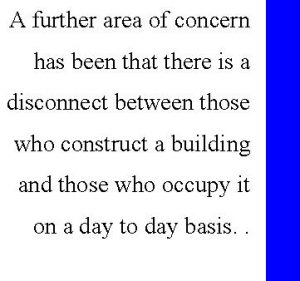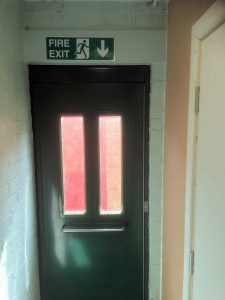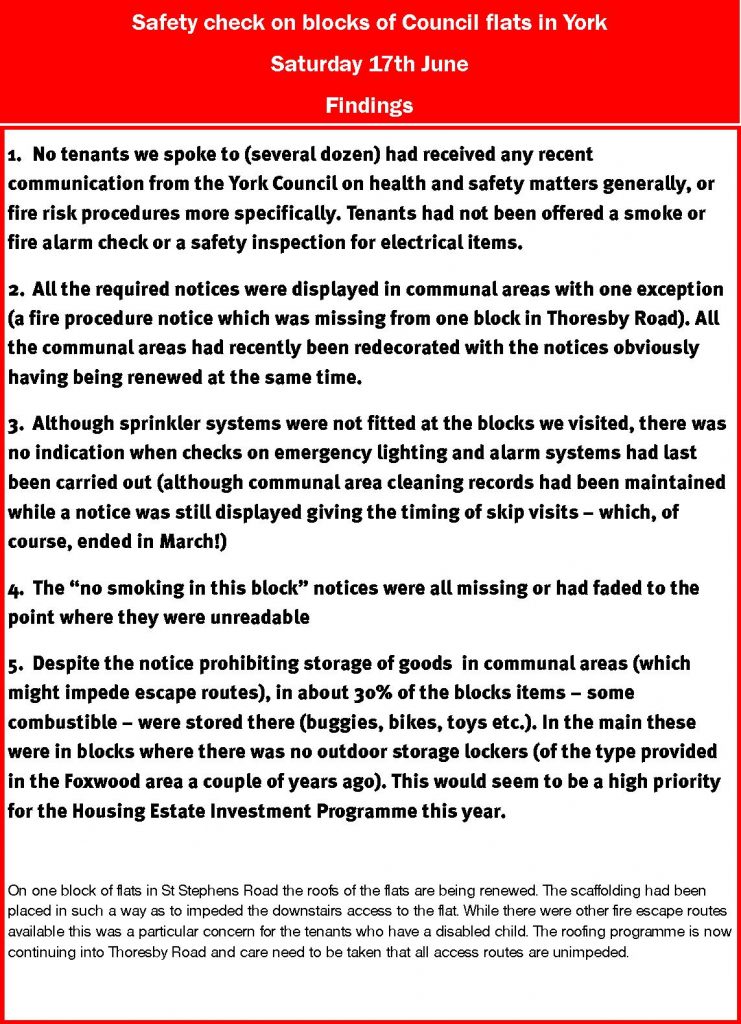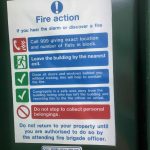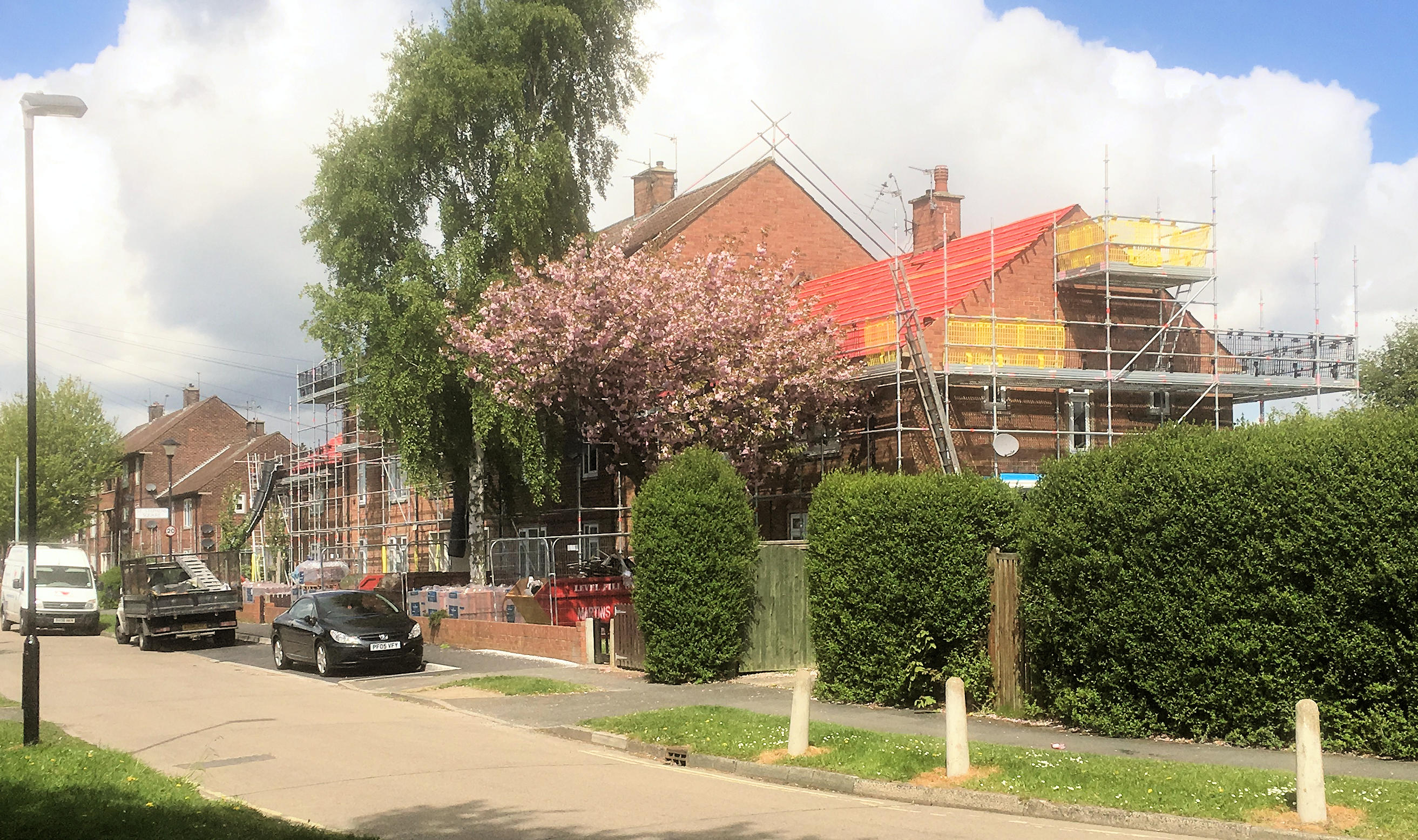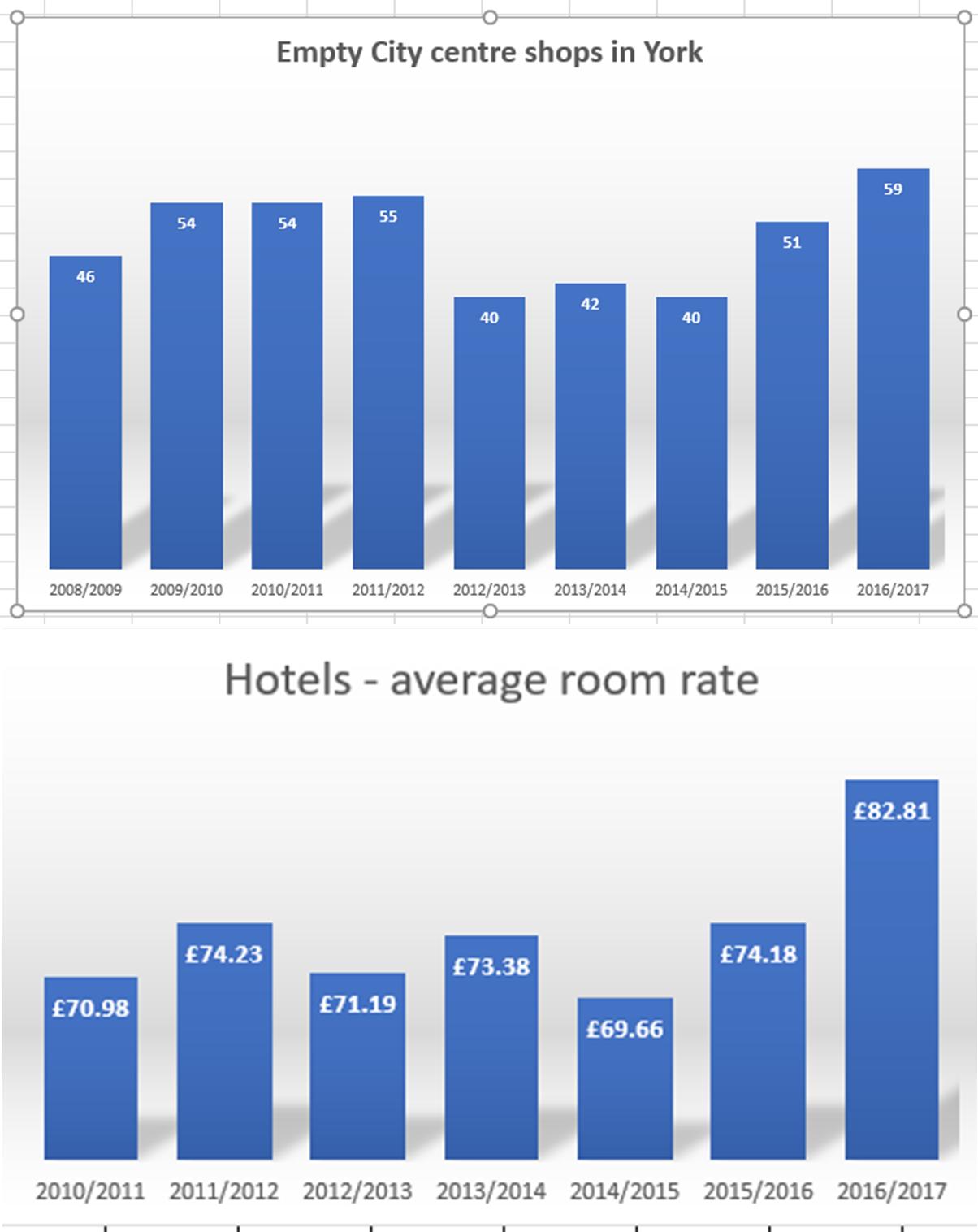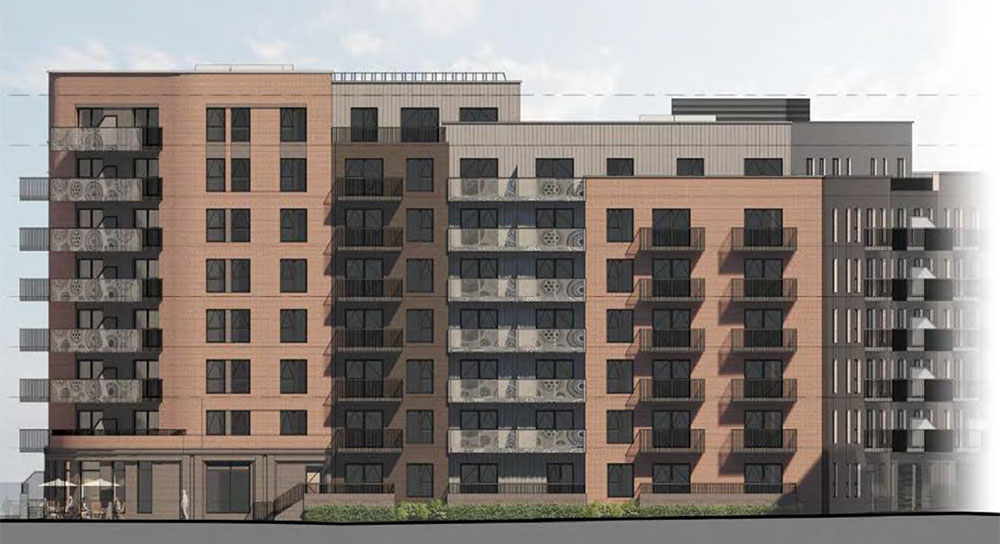
Developers have submitted their final proposals for building on the remaining plot on Hungate.
The latest planning application would see an increase in the number of flats proposed from 169 to 226. No on-site parking will be provided. There will be some ground floor retail units.
The announcement comes hard on the heels of a planning application which would see 211 apartments constructed on Rougier Street.
While a lot of people will be pleased to see the Hungate development – which started over 10 years ago – completed, there will be some scepticism about the number of apartments being provided on a relatively small site.
The lockdown restrictions have highlighted the need for access to safe open space. Unfortunately land values – established during a very different economic climate – make the provision of the alternative to flats – terraced homes with private gardens – financially challenging.
This may be why the City center’s worst eyesore continues to lie empty and abused.
The site at the junction of Barbican Road and Paragon Street has been derelict for more than a decade. Originally intended for use as a student block, it has failed to attract serious developer interest.
Now it provides an embarrassing backdrop to the historic City Walls.
Perimeter hoardings now covered in graffiti.
Directly opposite – on the other side of the Walls – is the Willow House former elderly persons home which has been unused for over 4 years. The Council has still not responded to calls for the building to be used as temporary accommodation for the homeless.
The York Council itself is planning to build hundreds of apartments on the York Central site as well as at Castle Mills.
The next year will tell us how many people want to occupy small flats in high density city centre developments.
Post pandemic, we suspect that the option might be losing some of its appeal.

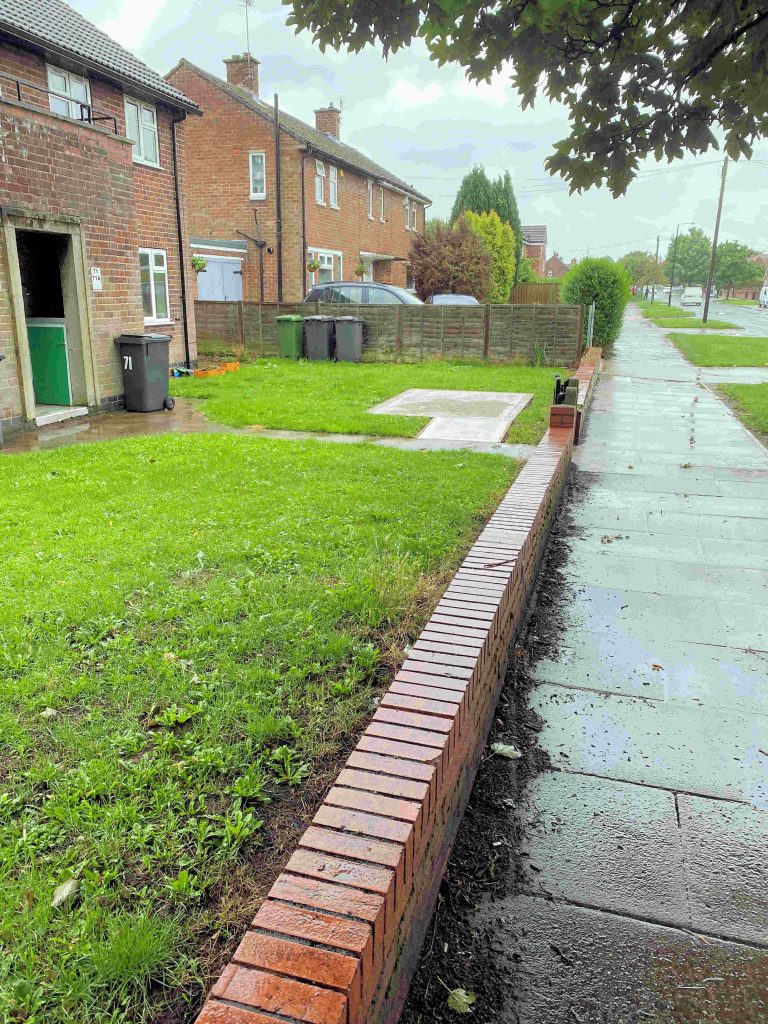
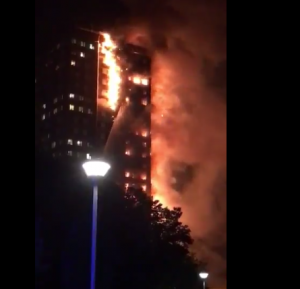 The York Council has published a
The York Council has published a